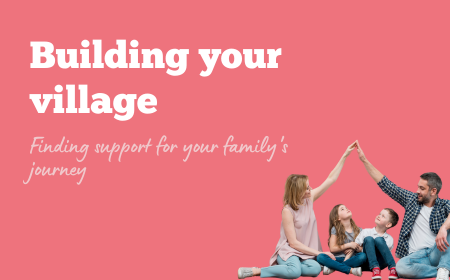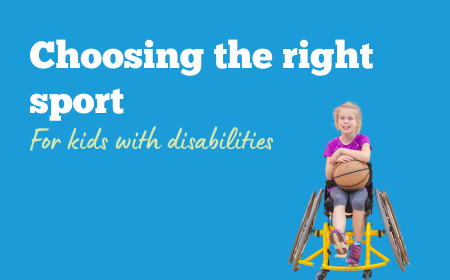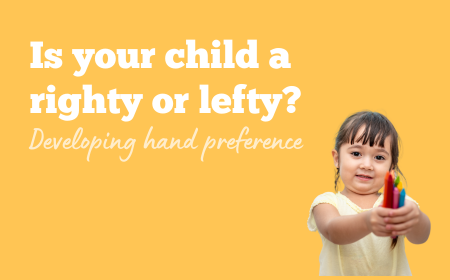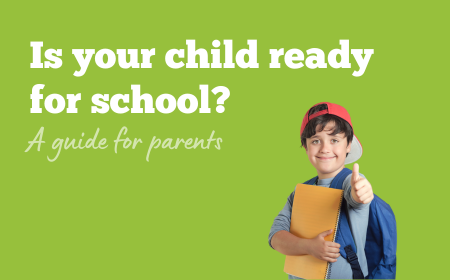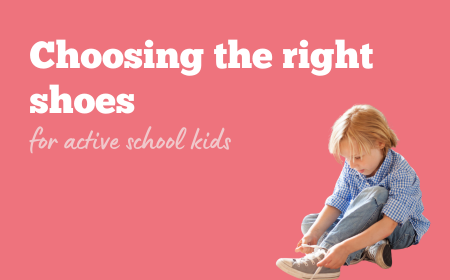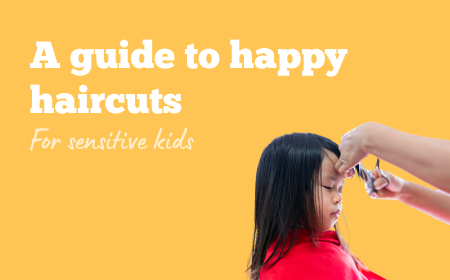Understanding AAC
AAC stands for Augmentative and Alternative Communication which refers to a range of tools and strategies used to support communication for children who have difficulty speaking effectively. It is used in addition to or instead of using spoken language.
AAC provides your child with a system to supplement or enhance their skills so they can participate in language based activities with less support from others. It can involve using sign language, picture communication boards, or high-tech devices like tablets/ipads or custom communication devices.
AAC can be a powerful tool to help reduce frustration and behavioural challenges that can arise from difficulty communicating.
Types of AAC
There are three main types of AAC:
- No Tech - Does not require any additional equipment and covers things like gesturing, using sign language and body language to communicate
- Low Tech - This refers to communication systems that do not have power. This can be using pen and paper to write or draw, word boards, books with pictures, photos or symbols. Some examples include PODD, Picture Exchange Communication (PECs).
- High tech - These can include ipads with dedicated software and speech generating communication devices.
ALTERNATE ACCESS FOR AAC:
Many children that have physical limitations benefit from specific tools that assist them to access AAC. This is known as Alternate Access for AAC. We have a range of alternate access tools we use including:
Touch systems
This is when your child can use their fingers to navigate the communication device such as an ipad or pictures or a dedicated communication device.
Joy-Stick/Mouse
A joystick or mouse lets your child control a communication device by moving the joystick or clicking the mouse to select symbols or words on a screen.
Switch
Can be a single button or multiple buttons that your child uses to select symbols or words on a communication device by pressing or activating the switch.
Head Tracking/Pointing
Allows your child to control a communication device by moving their head or using a pointer to select symbols or words on a screen.
Eye Gaze
A method where your child selects symbols or letters on a screen or communication board by looking at them, allowing for communication without physical interaction.
Auditory Prompts
Helps your child when they have visual impairments and benefit from hearing their communication options
Introducing AAC in therapy
In order to determine the appropriate AAC access support for your child, a comprehensive assessment will be completed to determine their needs and abilities. We use a multidisciplinary approach where our Speech Pathologists assess the language component in collaboration with our Occupational Therapist who assesses their movement arm function and seating posture. Together they are able to determine the optimal communication solution to enable them to communicate with ease.
Trialling a range of different access methods can take time. It is important for you to understand that this is new for your child and we need to ensure they have had ample time to understand and familiarise themselves with the tools and devices being used. Your child will be guided by their therapists to engage with the device to become familiar with the tool. During this trial phase, your child will be exposed to different tools, positions of the tool and tasks to ensure a comprehensive trial has been completed.
Once a suitable access method has been determined, your therapist will complete the necessary applications to purchase this technology so it can be used at home and in the community. These tools are customised to meet the needs of your child and the family.
Benefits of using AAC
AAC offers several critical benefits for children with communication difficulties:
Increased Communication Opportunities:
AAC gives your child the chance to express themselves effectively, even if they cannot use traditional methods.
Enhanced Independence:
AAC allows your child to independently interact, make choices, and participate in various activities.
Customisation:
AAC offers a range of options to tailor communication tools to your child’s unique needs, preferences, and abilities.
Improved Quality of Life:
AAC facilitates better social interactions, learning opportunities, and overall engagement in your child’s daily life.
Flexibility in Communication:
AAC allows your child to choose the method that works best for their abilities, adapting as their needs change over time.
Reduced Communication Barriers:
AAC helps overcome challenges that might prevent effective communication, such as limited motor control or speech impairments.
How do I know which alternative access method is best for my child?
The best method for your child depends on their unique needs, abilities, and preferences. Our Speech Pathologists and Occupational Therapists, can assess your child’s abilities and recommend the most suitable alternative access methods based on their physical and cognitive requirements.
Can alternative access methods be updated or adjusted as my child’s needs change?
Yes, alternative access methods can often be updated or adjusted to meet your child’s evolving needs. As your child grows or their abilities change, their communication system can be modified or upgraded to ensure it continues to support their communication effectively. Regular consultations with your child’s therapy team will help manage these adjustments.
Will I need to learn how to use my child's alternative access device, and will I be involved in their communication process?
Yes, as a parent, you’ll play an important role in supporting your child’s use of their alternative access device. You’ll receive training on how to use the device, how to troubleshoot any difficulties and how to help your child interact with it effectively. Your involvement is crucial for integrating the device into daily routines and ensuring your child gets the most benefit from it. The goal is to make the process as smooth as possible and to empower both you and your child in their communication journey.



